The A-9 rocket was a design within the Aggregat family of rockets that were made by Germany during WWII.
It was proposed to use an advanced version of the A9 to attack targets on the US mainland from launch sites in Europe, for which it would need to be launched atop a booster stage, the A10.
Design work on the A10 began in 1940, for a projected first flight to take place in 1946. The initial design was carried out by Ludwig Roth und Graupe and was completed on 29 June 1940. Hermann Oberth worked on the design during 1941, and in December 1941 Walter Thiel proposed that the A10 use an engine composed of six bundled A4 engines, which it was thought would give a total thrust of 180 tonnes.
Work on the A10 was resumed in late 1944 under the Projekt Amerika codename, and the A10's design was amended to incorporate a cluster of 6 A4 combustion chambers feeding into a single expansion nozzle. This was later altered to a massive single chamber and single nozzle. Test stands were constructed at Peenemunde for firings of the 200 tonne thrust motor.
It was considered that existing guidance systems would not be accurate enough over a distance of 5,000 km, and it was decided to make the A9 piloted. The pilot was to be guided on his terminal glide towards the target by radio beacons on U-boats and by automatic weather stations landed in Greenland and Labrador.
The final design of the A10 booster was approximately 20 m (66 ft) in height. Powered by a 1,670 kN (380,000 lbf) thrust rocket burning diesel oil and nitric acid, during its 50-second burn it would have propelled its A9 second stage to a speed of about 4,300 km/h (2,700 mph) and an altitude of 400 km (250 mi).
This thing is a true 'Wunderwaffe', so maneuver it with great care. It has the power of a nuke. Trying to detonate it might result in a game crash. And yes, you can fly only with the smaller rocket.
AG 1 to detach the booster.
Specifications
Spotlights
- DestinyAviation 7.7 years ago
General Characteristics
- Created On Windows
- Wingspan 17.1ft (5.2m)
- Length 17.1ft (5.2m)
- Height 97.0ft (29.6m)
- Empty Weight 36,457lbs (16,536kg)
- Loaded Weight 100,483lbs (45,578kg)
Performance
- Power/Weight Ratio 0.223
- Wing Loading 121.8lbs/ft2 (594.8kg/m2)
- Wing Area 824.8ft2 (76.6m2)
- Drag Points 48830
Parts
- Number of Parts 137
- Control Surfaces 8
- Performance Cost 1,067

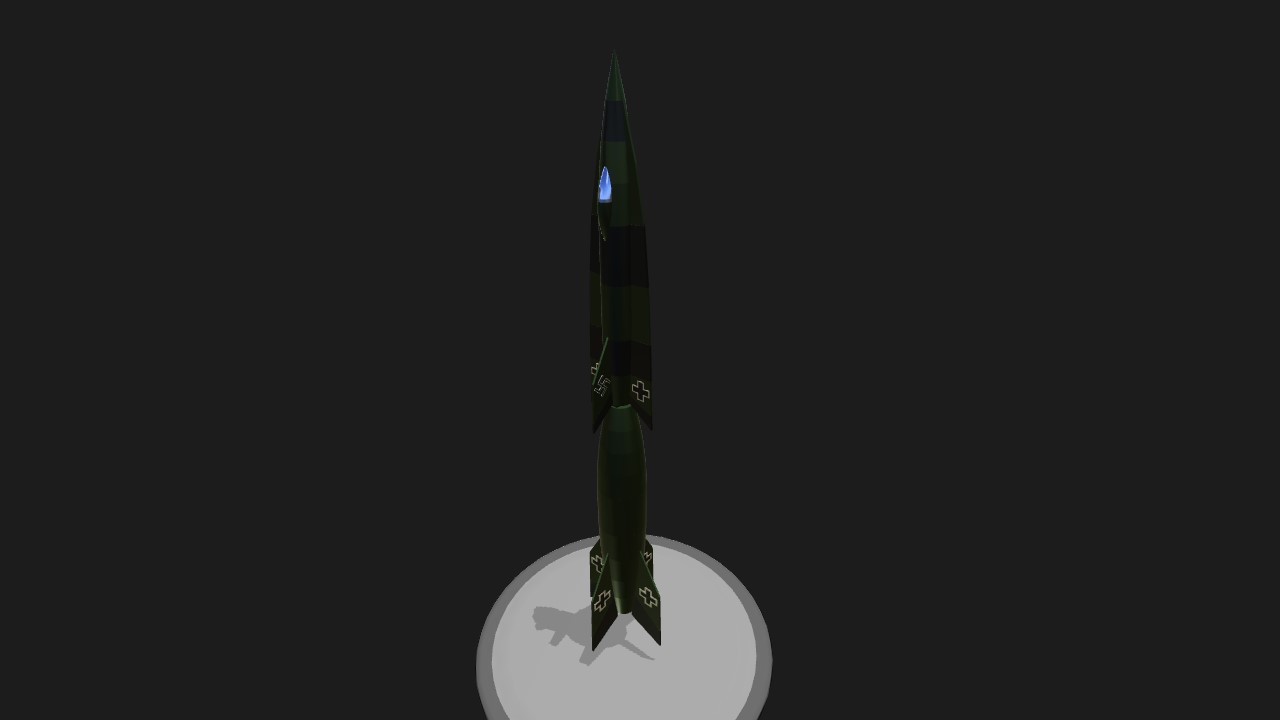

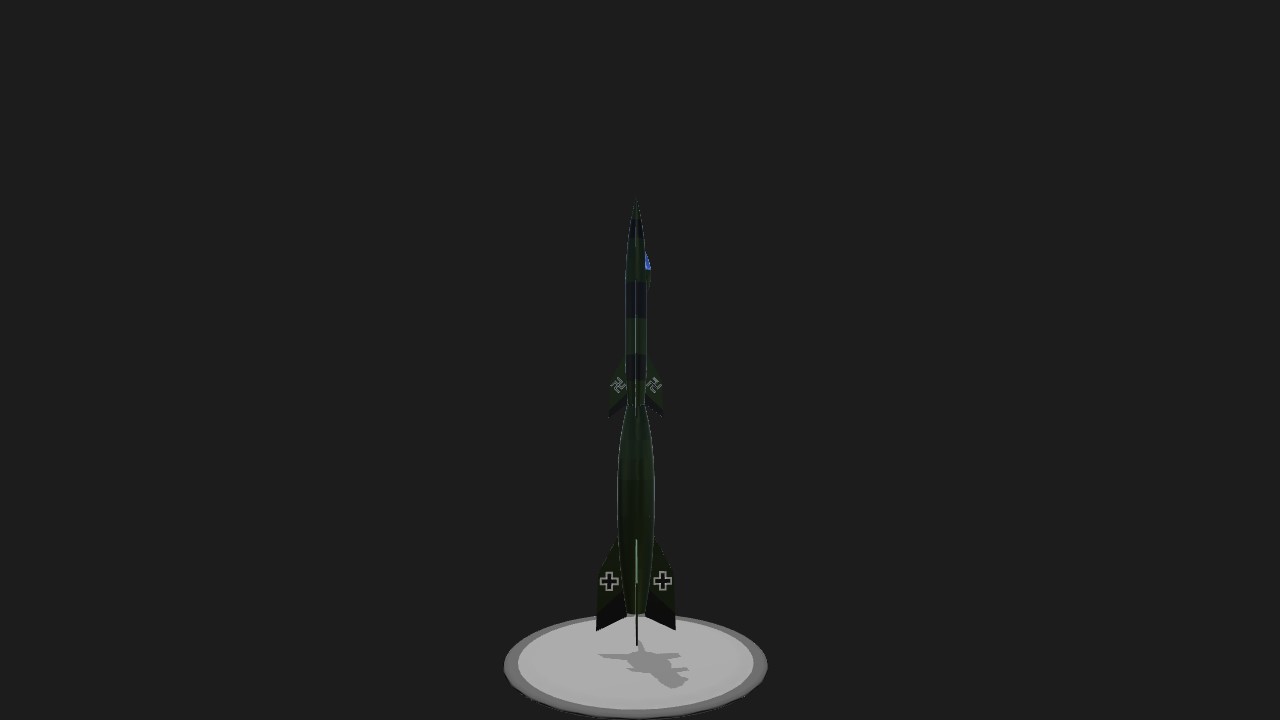
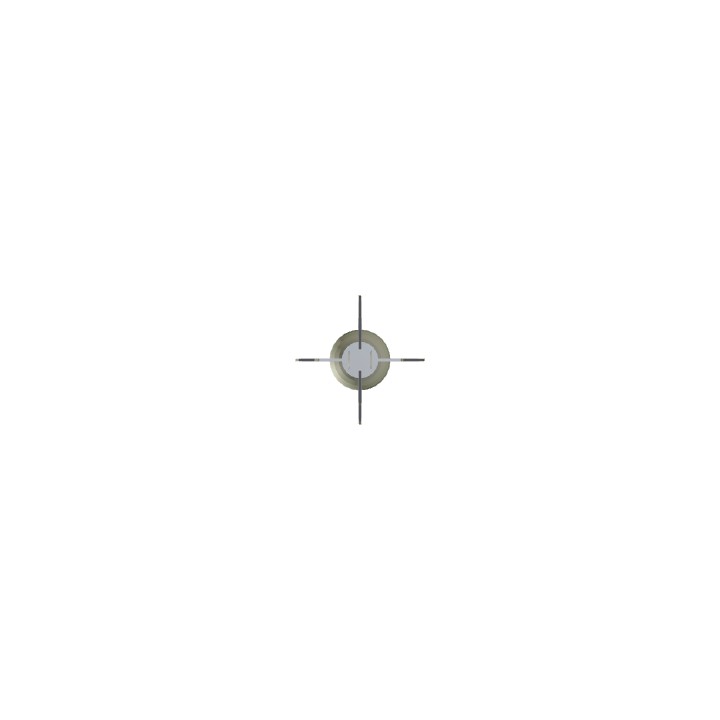
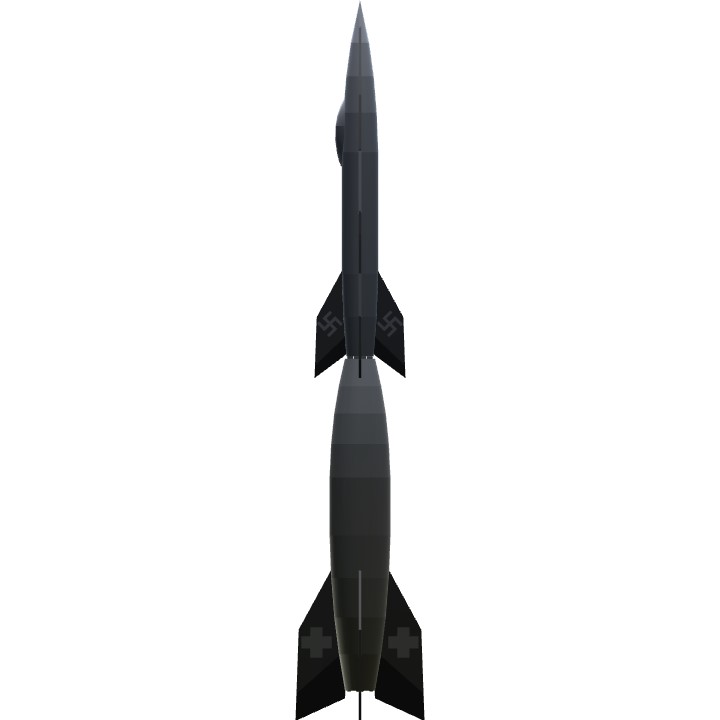
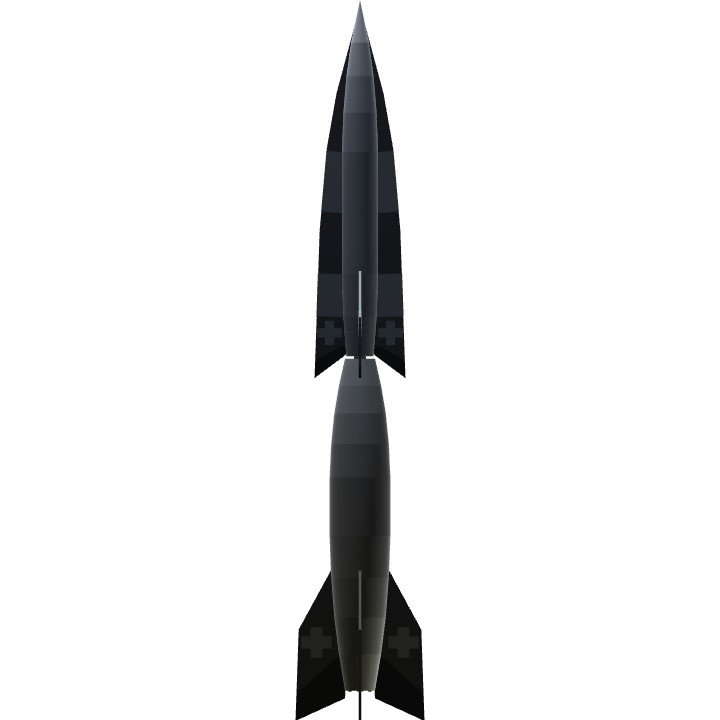
@AdrianFlyingAce It looks, but it isn't. IRL, the two were very similar one to the other, but they had totally different performances. Check this image for a better comparison.
@Planenerd2006 You asked for a double rocket, you get a double rocket :D